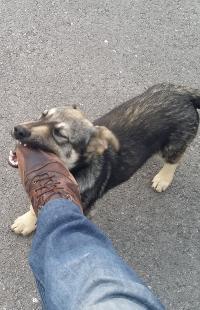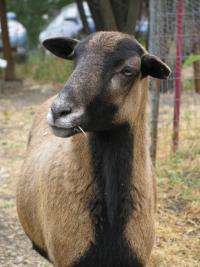Search Results (Searched for: 7i76e)
- gravedigger
- gravedigger
21 Dec 2025 10:43 - 21 Dec 2025 10:44
Replied by gravedigger on topic Habe mit Chat GPT gespielt....ist hier was sinnvolles rausgekommen?
Habe mit Chat GPT gespielt....ist hier was sinnvolles rausgekommen?
Category: Deutsch
- tommylight

20 Dec 2025 14:55
- DerKlotz
- DerKlotz
18 Dec 2025 16:21
Replied by DerKlotz on topic Error finishing read! Mesa 7i76e
Error finishing read! Mesa 7i76e
Category: Driver Boards
- tommylight

18 Dec 2025 15:38
Replied by tommylight on topic Error finishing read! Mesa 7i76e
Error finishing read! Mesa 7i76e
Category: Driver Boards
- DerKlotz
- DerKlotz
18 Dec 2025 14:21 - 18 Dec 2025 15:37
Error finishing read! Mesa 7i76e was created by DerKlotz
Error finishing read! Mesa 7i76e
Category: Driver Boards
- RaspII
- RaspII
18 Dec 2025 11:42 - 18 Dec 2025 11:44
Replied by RaspII on topic MESA 7i76EU - Pinzuordnung (z.B. Endschalter)
MESA 7i76EU - Pinzuordnung (z.B. Endschalter)
Category: Deutsch
- DEVILHUNTER
- DEVILHUNTER
17 Dec 2025 08:23
Replied by DEVILHUNTER on topic MESA 7I76 / 7i76e Model
MESA 7I76 / 7i76e Model
Category: Show Your Stuff
- BoMadsen
- BoMadsen
15 Dec 2025 10:04
Replied by BoMadsen on topic Issues with simple input on 7i76eu
Issues with simple input on 7i76eu
Category: Driver Boards
- PCW

14 Dec 2025 15:49 - 14 Dec 2025 15:59
Replied by PCW on topic Issues with simple input on 7i76eu
Issues with simple input on 7i76eu
Category: Driver Boards
- BoMadsen
- BoMadsen
14 Dec 2025 09:25
Replied by BoMadsen on topic Issues with simple input on 7i76eu
Issues with simple input on 7i76eu
Category: Driver Boards
- rodw

14 Dec 2025 07:33
Replied by rodw on topic Issues with simple input on 7i76eu
Issues with simple input on 7i76eu
Category: Driver Boards
- BoMadsen
- BoMadsen
14 Dec 2025 06:49
Issues with simple input on 7i76eu was created by BoMadsen
Issues with simple input on 7i76eu
Category: Driver Boards
- tommylight

12 Dec 2025 23:55
Replied by tommylight on topic Clearpath HLFB amp.joint.delay
Clearpath HLFB amp.joint.delay
Category: HAL
- Fastfred
- Fastfred
12 Dec 2025 23:12
Replied by Fastfred on topic Clearpath HLFB amp.joint.delay
Clearpath HLFB amp.joint.delay
Category: HAL
- PCW

10 Dec 2025 20:41
Replied by PCW on topic MESA 7i76EU - Pinzuordnung (z.B. Endschalter)
MESA 7i76EU - Pinzuordnung (z.B. Endschalter)
Category: Deutsch
Time to create page: 0.340 seconds
